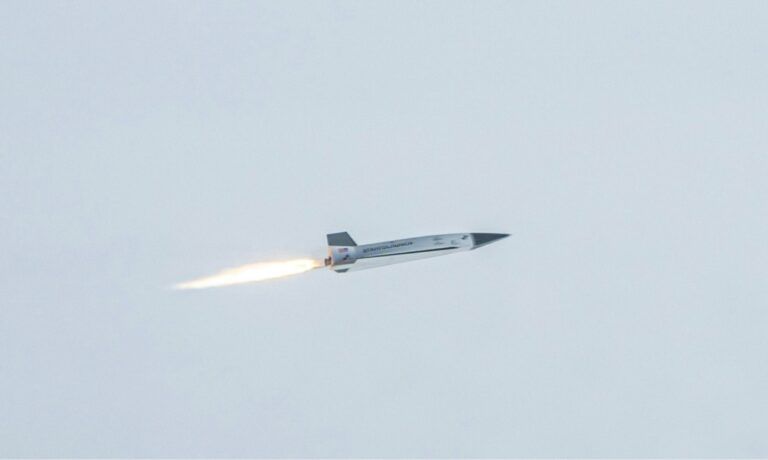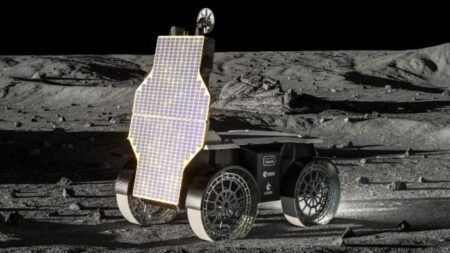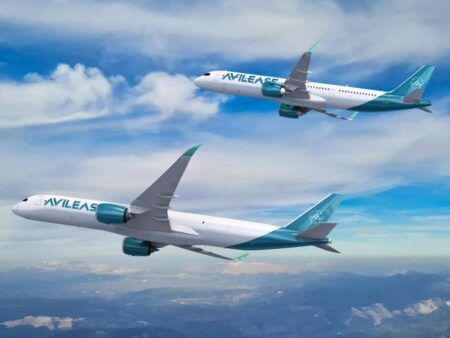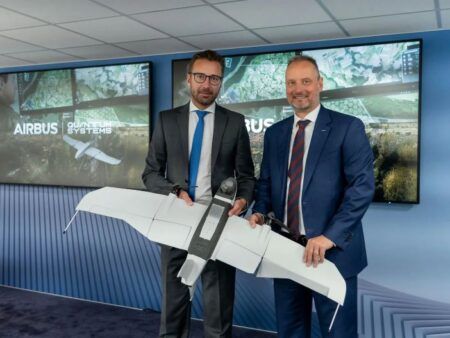The Talon-A reusable hypersonic air vehicle has successfully flown twice in less than three months, a key milestone in the USA’s bid to accelerate the development of hypersonic missiles.
Talon-A, which has been built by California-based Stratolaunch, was first flown in December 2024 and then again in March, the US Department of Defense said in a statement issued last week.
During both tests, the Stratolaunch Talon-A2 hypersonic vehicle launched from the Roc carrier aircraft, flew over the Pacific Ocean and achieved speeds of greater than Mach 5 before landing at Vandenberg Space Force Base.
The flight tests were done as part of the Test Resource Management Center’s (TRMC’s) Multi-Service Advanced Capability Hypersonics Test Bed (MACH-TB) project.
MACH-TB aims to provide the USA’s military, industry and academia with the capability to affordably and rapidly conduct hypersonic experiments and test hypersonic system components. The reusability and cheaper capability of Talon-A will “accelerate delivery of advanced hypersonic capabilities to the warfighter”, said the USA’s Department of Defense (DOD).
The USA is seen as lagging behind China and Russia in terms of hypersonic technology, both of which have already developed missiles. Flight testing hypersonic missiles is expensive and complex, primarily because up until now, test vehicles are destroyed on impact and do not land.
The TMRC is the part of the DOD that provides experimentation and testing facilities and services. George Rumford, director of the TRMC said, “Demonstrating the reuse of fully recoverable hypersonic test vehicles is an important milestone for MACH-TB.
“The lessons learned from this test campaign will help us reduce vehicle turnaround time from months down to weeks.”
Dr Zachary Krevor, president and CEO of Stratolaunch said, “With the data collected from this second flight, we can apply lessons learned to enhance the strength and performance of the Talon-A vehicles.
“While the team needs to complete its data review of flight two, the first flight review confirmed the robustness of the Talon-A design. We’ve now demonstrated hypersonic speed, added the complexity of a full runway landing with prompt payload recovery, and proven reusability.”
Talon-A made its maiden flight in March 2024. The hypersonic glide vehicle is launched aerially from the Roc carrier aircraft, whereupon it fires its rockets to achieve its hypersonic speeds, before gliding downwards to land.
Although it has flown since then, this are the first two complete flights the hypersonic testbed has made during which it achieved hypersonic speeds as engineers have expanded Talon-A and Roc’s flight envelopes.
Roc, which was first rolled out in 2017 and made its first flight in 2019 is the world’s largest airplane by wingspan (385ft). The giant airplane was initially built to act as a flying platform from which to launch small satellites into orbit at a reduced cost compared to ground-based rocket launches.
The prime contractor for MACH-TB is Leidos, which awarded Stratolaunch the contract to provide flight test services for the program.
The Talon-A test flights mark the USA’s first return to reusable hypersonic flight testing since the X-15 program in 1968. The X-15 was a hypersonic rocket-powered aircraft designed to explore hypersonic aerodynamics, structural behavior, and pilot performance at the edge of space. It was flown by William J. Knight at Mach 6.7 at altitude of 102,100ft on 3 October 1967 – the highest speed ever recorded by a crewed, powered aircraft.





